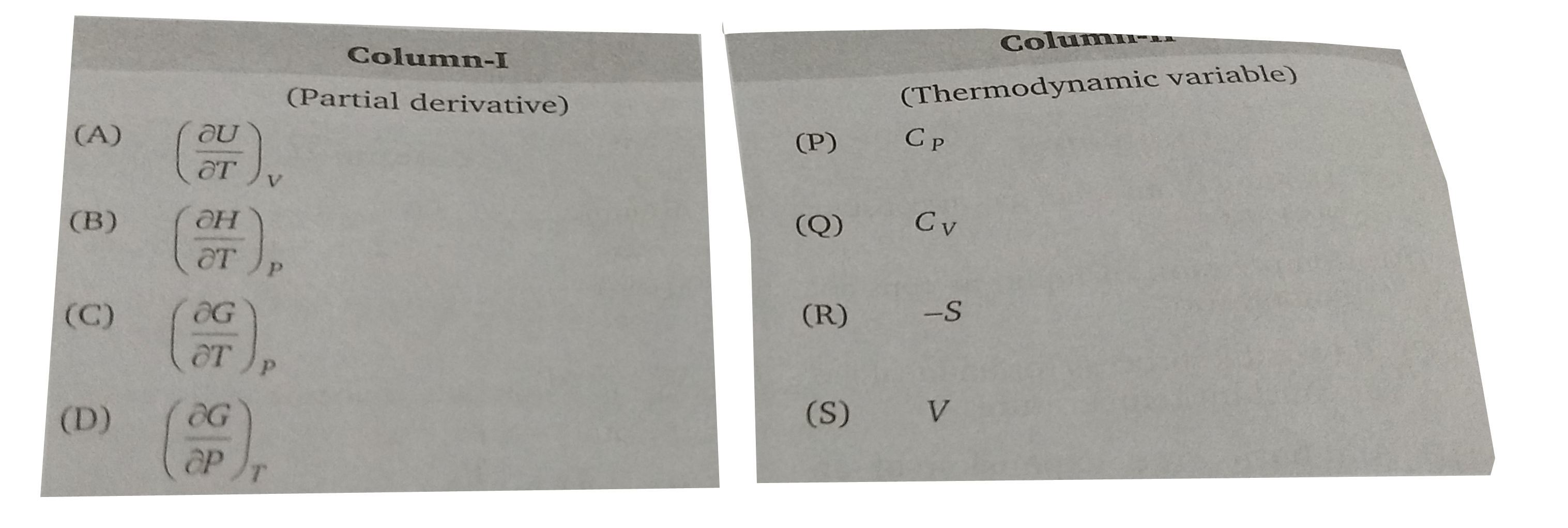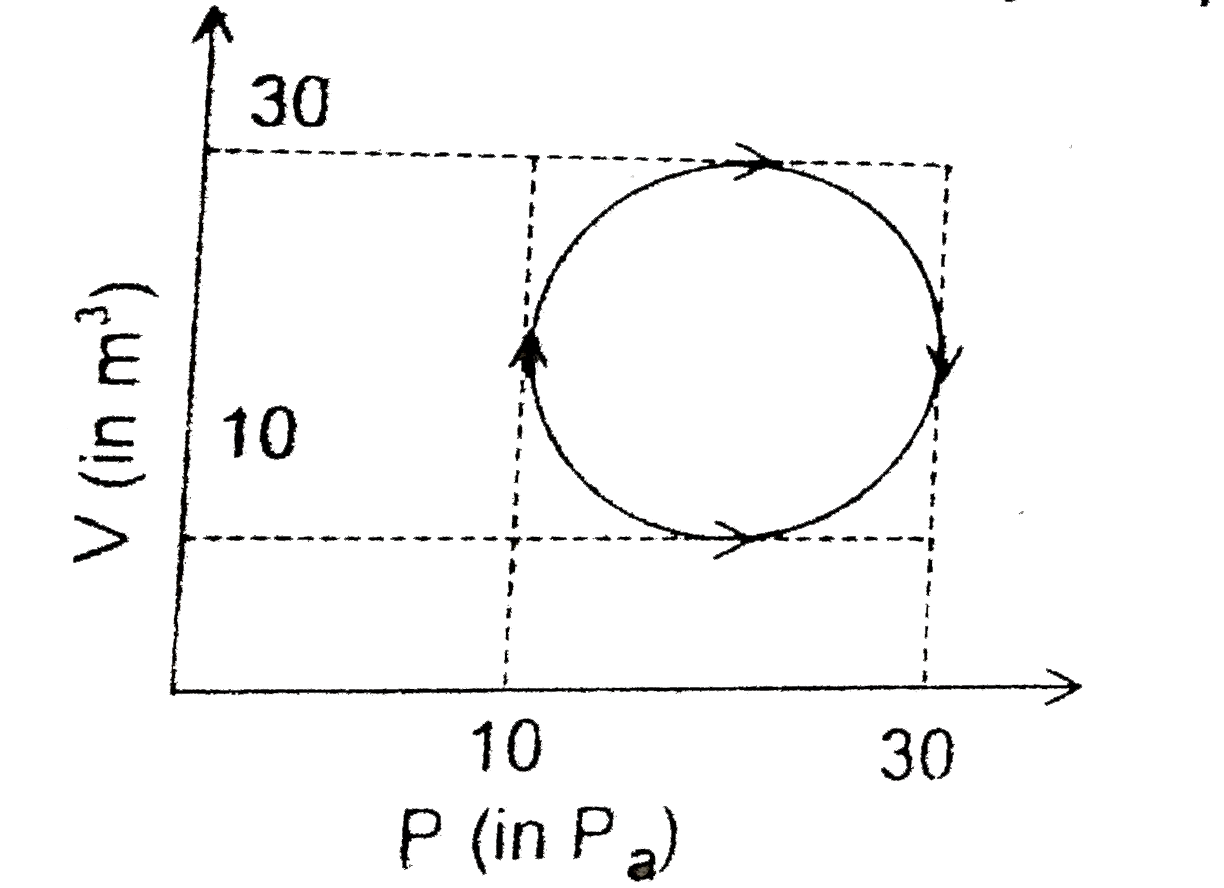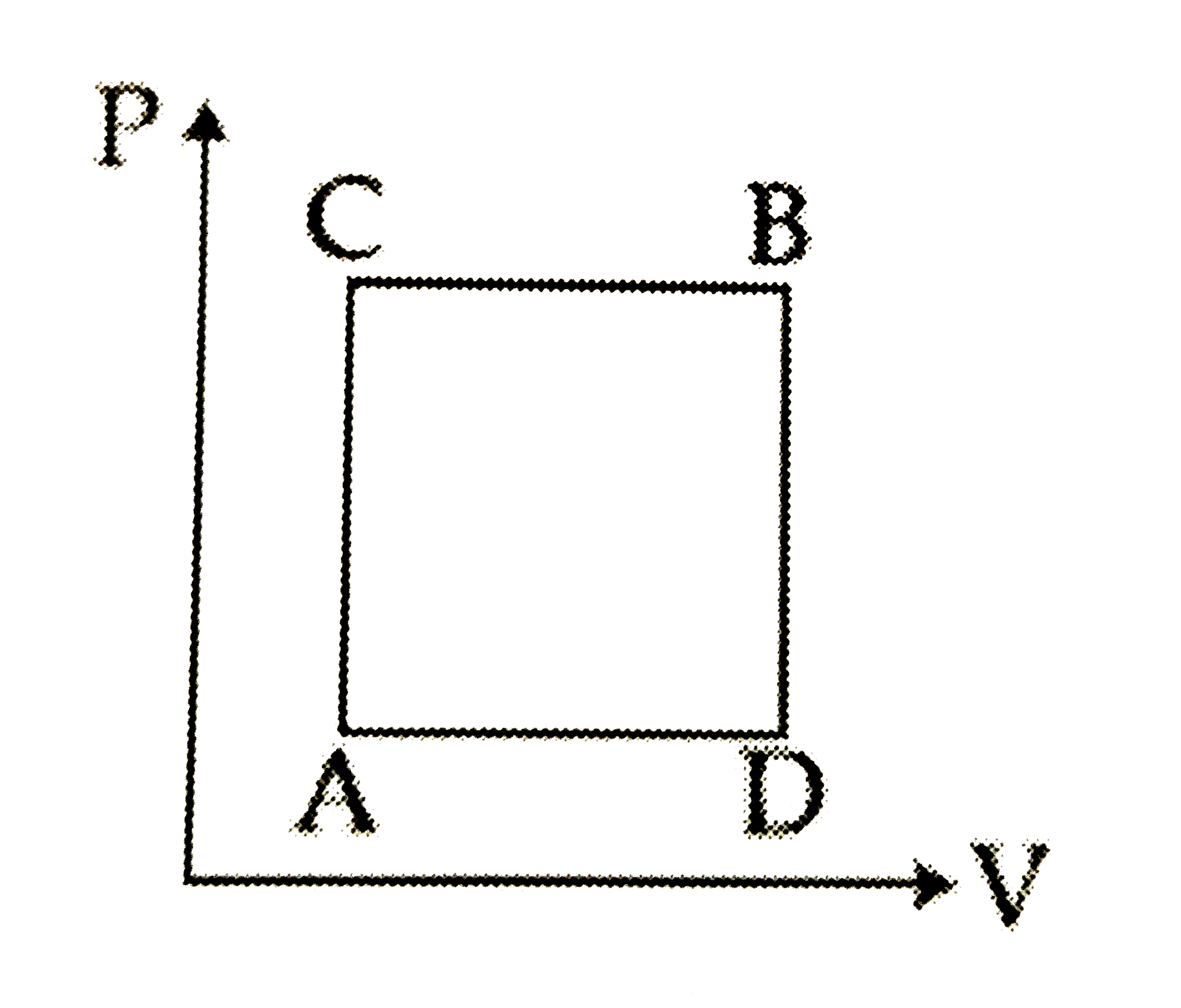Heat and work are ''definite quantities''.
Heat and work are not properties of a system. Their values depend on the path of the process and vary accordingly. Solution in Punjabi
If both the statements are TRUE and STATEMENT-2 is the correct explanation of STATEMENT-1
If both the statements are TRUE but STATEMENT-2 is NOT the correct explanation of STATEMENT-1
If STATEMENT-1 is TRUE and STATEMENT-2 is FALSE
If STATEMENT-1 is FALSE and STATEMENT-2 is TRUE
The correct Answer is:D
Step by step video & image solution for Heat and work are ''definite quantities''. Heat and work are not properties of a system. Their values depend on the path of the process and vary accordingly. by Chemistry experts to help you in doubts & scoring excellent marks in Class 11 exams.
Updated on:21/07/2023Topper's Solved these Questions
- THERMODYNAMICSBOOK - NARENDRA AWASTHICHAPTER - THERMODYNAMICSEXERCISE - Level 3 - One Or More Answers Are Correct
1 Videos
- THERMODYNAMICSBOOK - NARENDRA AWASTHICHAPTER - THERMODYNAMICSEXERCISE - Level 3 - Match The Column
2 Videos
- THERMODYNAMICSBOOK - NARENDRA AWASTHICHAPTER - THERMODYNAMICSEXERCISE - Level 2 (Q.1 To Q.30)
1 Videos
- STOICHIOMETRYBOOK - NARENDRA AWASTHICHAPTER - STOICHIOMETRYEXERCISE - Level 3 - Subjective Problems
20 Videos
Similar Questions
Assume ideal gas behaviour for all the gases considered and neglect vibrational degrees of freedom. Separate equimolar sample. Separate equimolar samples of Ne, O2 , CO2 and SO2 were subjected to a two process as mentioned. Initially all are at same state of temperature and pressue.
Step I → All undergo reversible adiabatic expansion to attain same final volume, which is double the original volume thereby causing the decreases in their temperature.
Step → After step I all are given appropriate amount of heat isochorically to restore the original temperature.
Mark the correct option(s) :
View SolutionMatch the following columns

View SolutionWrite structure of 2,2-dimethylheptane.
View SolutionWhat volume of a liquid (in L) will contain 10 mole ? If molar mass of liquid is 280 and its density is 1.4 g/mL.
View SolutionDuring a process, a system abdorbs 710J of heat and does work. The change in DeltaU for the process is 460J . What is the work done by the system?
View Solution
A system works under cyclic process as follow
Heat absorbed during the process is
View SolutionHeat and work are ''definite quantities''. Heat and work are not properties of a system. Their values depend on the path of the process and vary accordingly.
View SolutionWhen a system is taken from state A and B along the path ACB, 80J of heat flows into the system and the system does 30 J of work . (a) How much heat flows into the system along path ADB if the work done by the system is 10? (b) When the system is returned from state B to A along curved path, the work done on the system is 20J. Does the system absorb or liberate heat, and how much ? (c) If U_(D)- U_(A) = 40J , find the heat absorbed in the process AD and DB
View SolutionA gas can be ken from A to B via two different processes ACB and ADB. When path ACB is used 60 J of heat flows into the system and 30 J of work is done by the system. If path ADB is used work done by the system is 10 J. The heat Flow into the system in path ADB is :

View SolutionDuring a process, a system absorbs 710J of heat and does work. The change in ΔU for the process is 460J. What is the work done by the system?
View SolutionA gas can be taken from A to B via two different processes ACB and ADB. When path ACB is used 60 J of heat flows into the system and 30 J of work is done by the system. If path ADB is used work done by the system is 10 J. The heat Flow into the system in path ADB is:
View SolutionIn a process, the system performs 142J of work and the internal energy of the system increases by 879 J. predict the direction of heat flow and also calculate the quantity of heat transferred.
View SolutionGive two examples of path-dependent quantities. Are they properties of a system?
View SolutionWhy is the heat capacity a path-dependent quantity?
View SolutionGive thermodynamic definition of heat and work.
View SolutionShow that both heat and work are path dependent quantities.
View Solution
